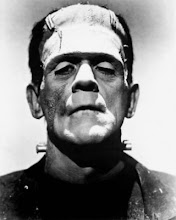In frankenstein his narrative victor portrays women as weak, suffering, obedient beings who live for men and depend on them in their lives. Surely shelly experienced this in her life, though she may or may not have agreed with it. Ironically the monster the one who victor call barbarian has a very progressive notion of the opposite sex. He believes that men and women are largely equal, not being bought up in frankenstein pre-feminist culture. The monster desires for a female companion does not convey a desire to rule over a women or a belief that a women should be dependent on him, but it simply shows his need for an equal companion with whom to share his equal sufferings.
Zehra Ali





